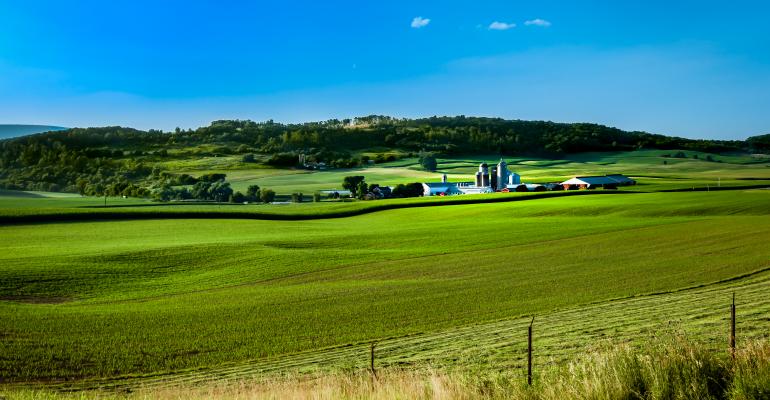Record-high expenses and sharply lower federal subsidies will erode farm income in 2022, according...
Key Indicators of the Growing Value in Farmland

David Muth of Alternative Equity Advisors recently spoke at the 2022 Land Investment Expo about the asset classes in farmland investments and the farm market. He points to inflation, population, and digitization as key indications of growing land value.
Muth started by looking at the 2021 National Land Report. In the past few years, regions have been holding their patterns of land value growth; some grew faster than others depending on what is produced there, but they stayed consistent. This past year, however, certain states have seen land values jump, according to the report.
Many states conduct their own surveys to trace land value growth, according to Muth. He used the 2021 Farmland Value Survey by Iowa State University as an example. The survey showed that the value of Iowa farmland increased about 29% in 2021, bringing the state average to $9,751 per acre for all quality of land.
The high value of farmland combined with buyers equipped to purchase has led to a high transaction rate this year. Muth also says that farmland and inflation move closely together. Recently, outside investors have shown interest in buying farmland as a hedge against inflation, as well as its appealing return on investment.
Aside from inflation, Muth adds that one of the easiest ways to predict economic growth is to consider population. India and China have fast-growing populations and fast-growing GDPs. With a larger population comes consumers who have more demands on their products – how they are grown, what they taste like, and how healthy they are.
“We’re seeing demand drivers that are more associated with experience, health and wellness, and various other impacts,” says Muth. “They’re willing to disproportionately pay for those characteristics, and that can create more value for producers.”
Another way Muth sees farmland increasing its value relates to carbon. As an increasing market, there is still a lot to figure out, but Muth believes the carbon credit system will add considerable value to farmland.
EDITOR’S TAKE:
It seems like there is almost a “Fear of Being Left Out” occurring in the agricultural land market. Farmers wanting to expand, coupled with great cash flow, is colliding with outside investors who also have cash and view it as a wise investment. Despite the driving force, farmers who currently own considerable land holdings are seeing their net worth increase dramatically. That equates to creditworthiness. Farmers/ranchers are benefitting significantly from not only favorable commodity prices but increasing land values, as well, which makes them great customer prospects to purchase new trucks in 2022.








